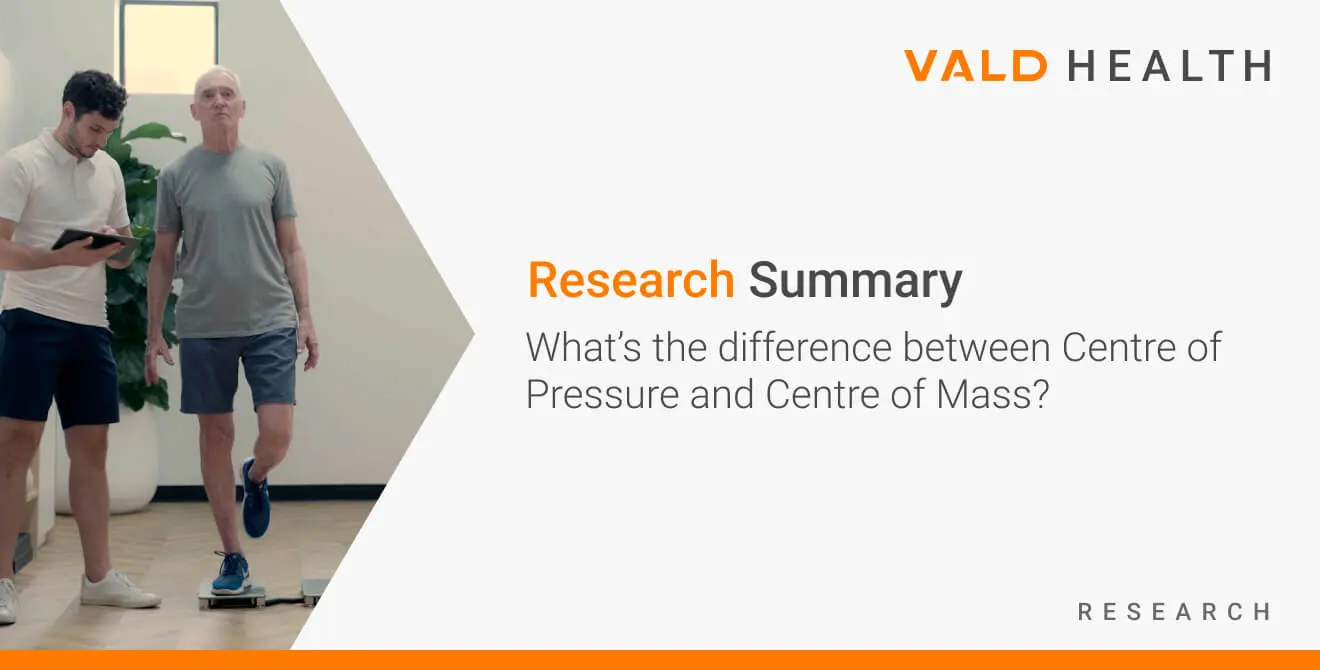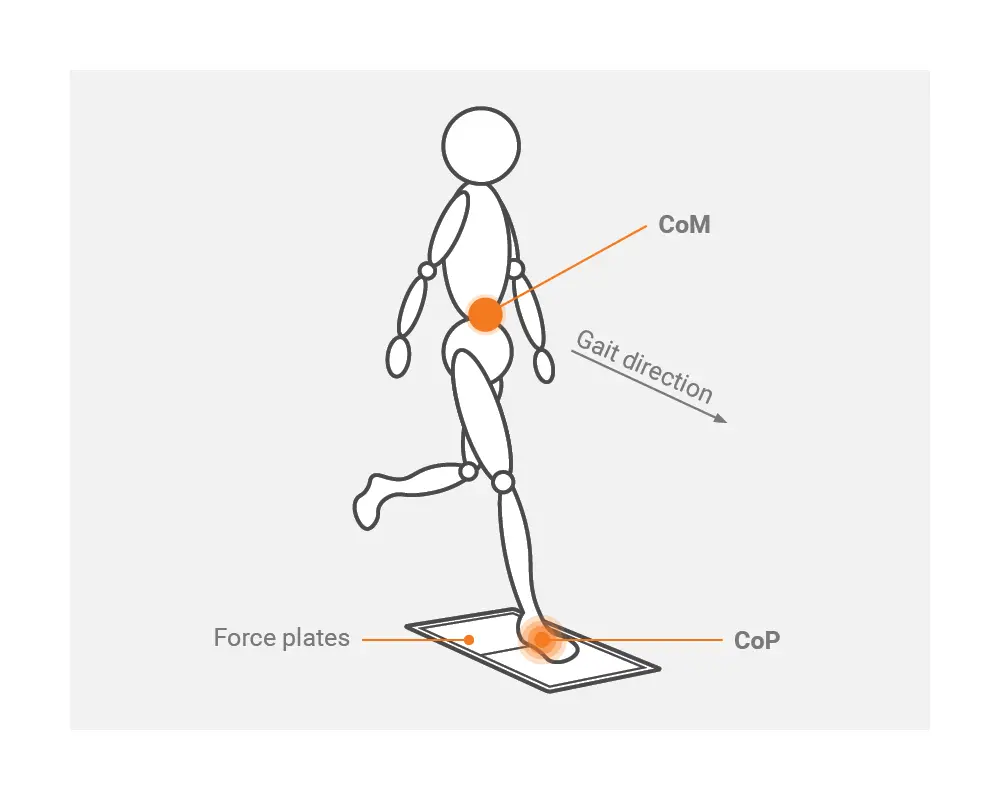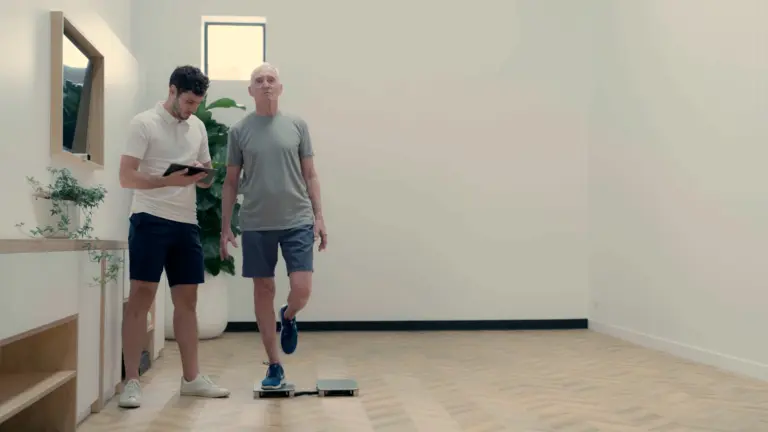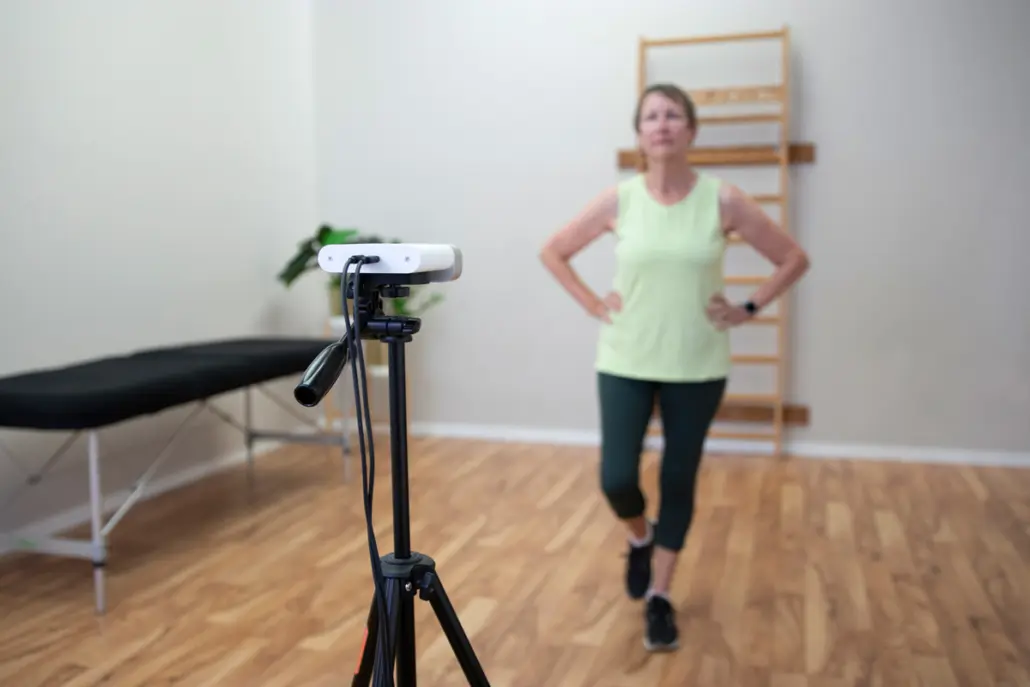What’s the difference between Centre of Pressure and Centre of Mass?
Available in:
EN
Original research title: The assessment of Centre of Mass and Centre of Pressure during quiet stance: current applications and future directions
Authors: Richmond, S; Fling, B; Lee, H; Peterson, D
Year: 2021
Purpose
A leading cause of injury and death in the elderly is postural instability.Two widely used tools for diagnosing postural instability are measurements of Centre of Mass (CoM) and Centre of Pressure (CoP). However, the subtle difference between these two measurements can be difficult to understand.This perspective article gives a brief overview of what CoM and CoP are and how they are related.
Centre of Pressure (CoP)
What is it?
A point representing the average location of force being applied to the ground by the individual.
How is it measured?
Force plates or balance plates.
Why is it clinically important?
An individual can directly control where their CoP is located by shifting their weight forwards, backwards, left, or right.This is one of the body’s primary means of constraining the CoM when it begins to move towards the edge of the base of support, as the location of the CoP influences the movement of the CoM.
Centre of Mass (CoM)
What is it?
A point representing the average location of all mass in the body.
How is it measured?
A video or wearable sensor-based motion capture system.
Why is it clinically important?
The central nervous system monitors movements of the CoM to determine how balanced the body is.If an individual’s CoM is located above their base of support (generally their feet), they will remain upright. However, if their CoM deviates outside the bounds of their base of support, they will begin to fall.The location of Centre of Mass (CoM) and Centre of Pressure (CoP) on the human body when stepping on a force plate.

The difference between CoP and CoM
While CoP and CoM can serve as similar measures of postural control, they represent slightly different portions of the balance system.The location of the CoP can generally be thought of as the cause, while movement of the CoM is the effect.For example, if the CoM is located too far posteriorly, the CoP will move posterior to the CoM which will cause the CoM to move in the anterior direction.Richmond et al. (2021) captures the difference between CoM and CoP in this quote:
“…a common analogy illustrating this principle is through the CoM acting as erratic sheep, while the CoP mimics a sheep dog, corralling the sheep (i.e., CoM).” Richmond et al. (2021)
Read the full research paper here.
How can VALD help?
ForceDecks

ForceDecks now offers balance testing. Quickly and easily assess balance and stability using Centre of Pressure tests with ForceDecks.
HumanTrak

HumanTrak leverages a 3D motion tracking system to create a dynamic 3D model of your patient. With HumanTrak, you can easily locate a patient’s Centre of Mass.
Want to learn more?
Send us an email at info@valdhealth.com or simply click the button below.
